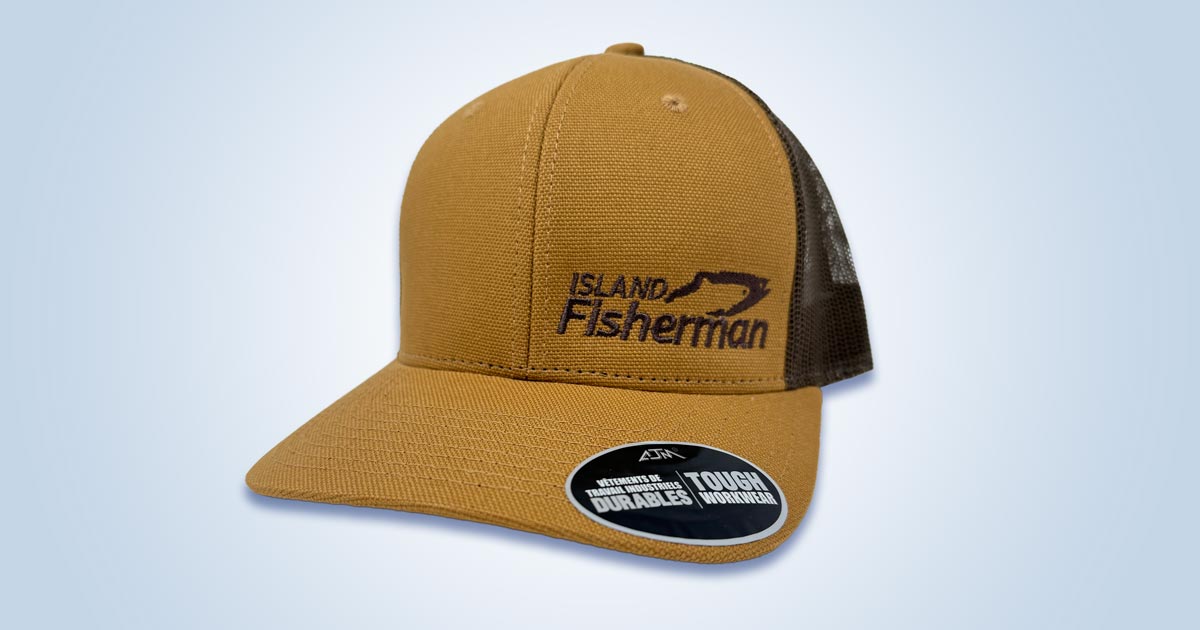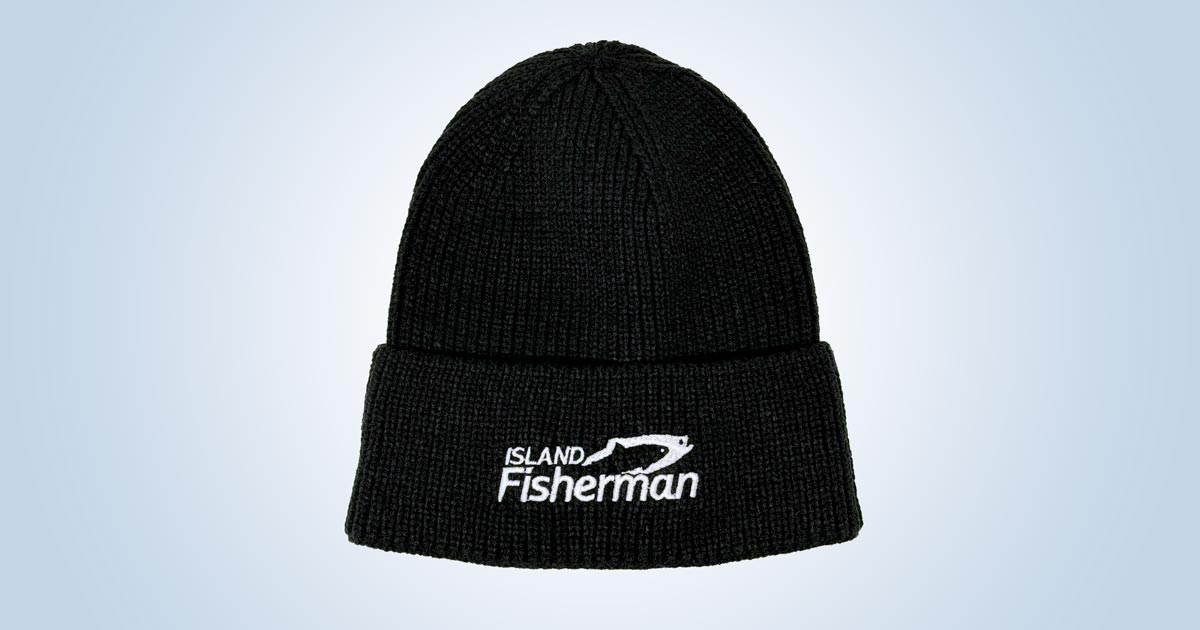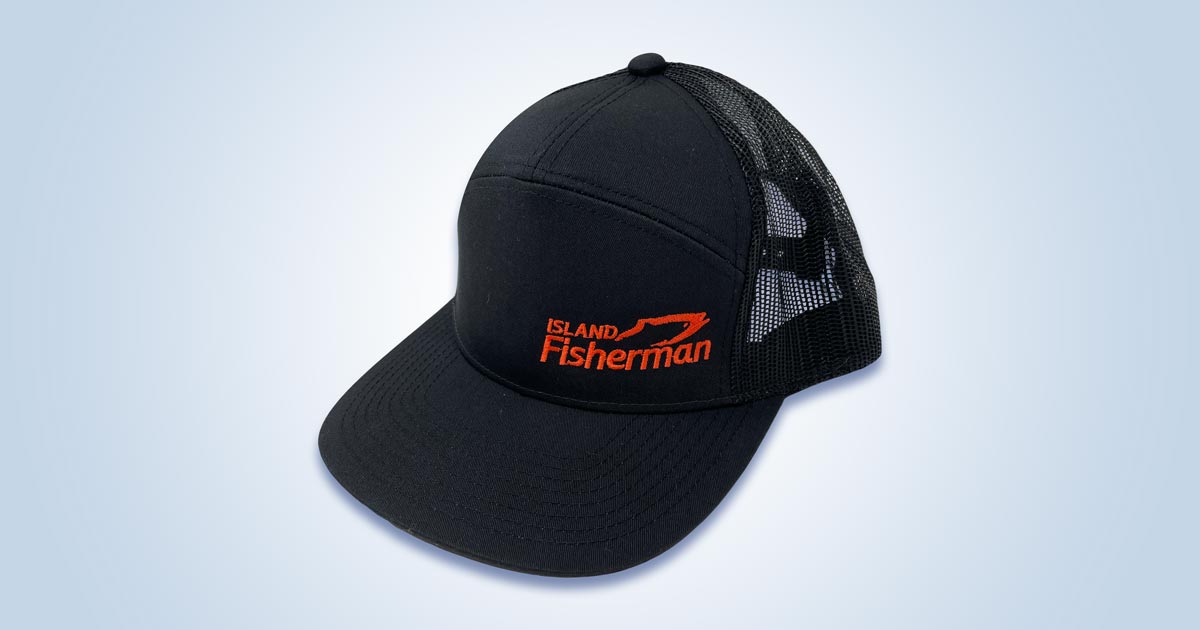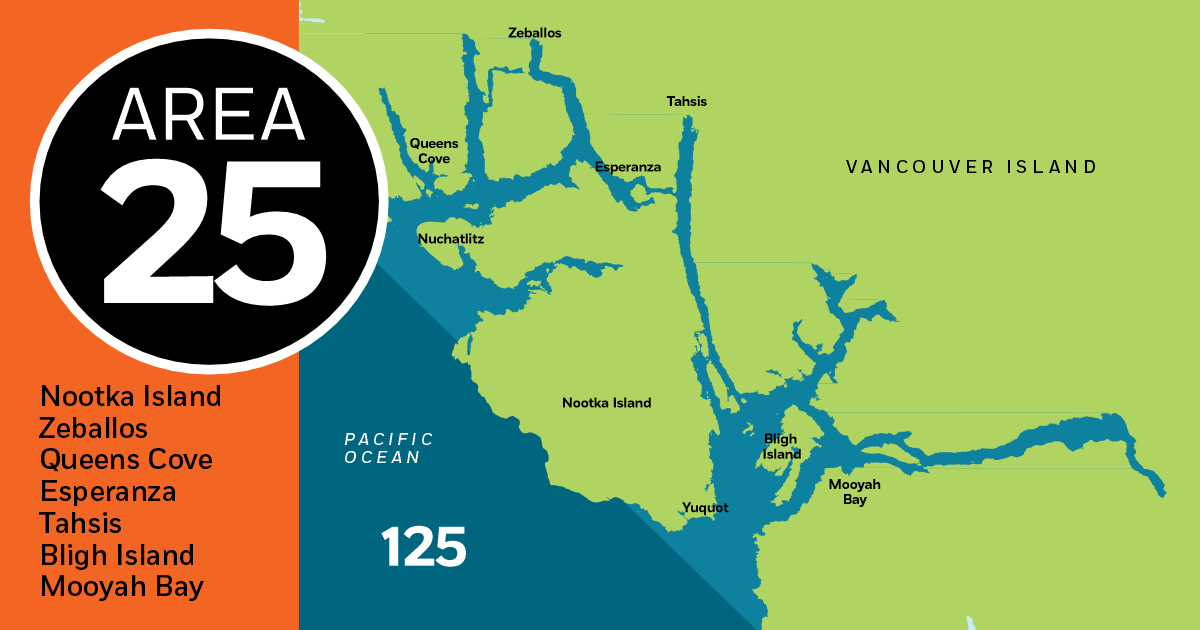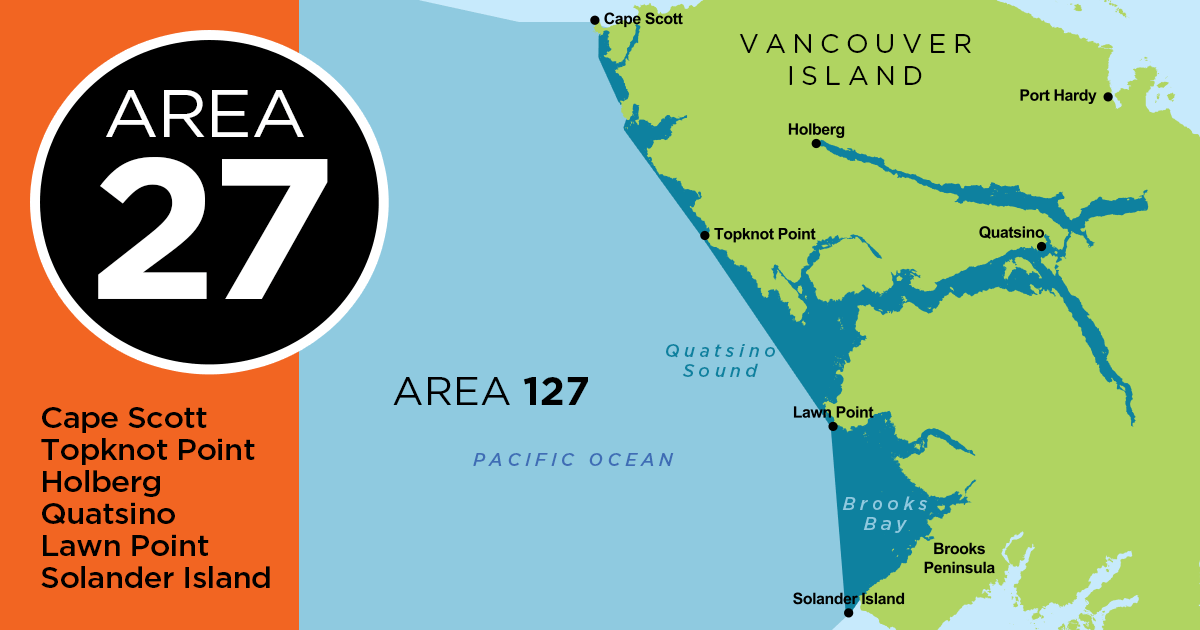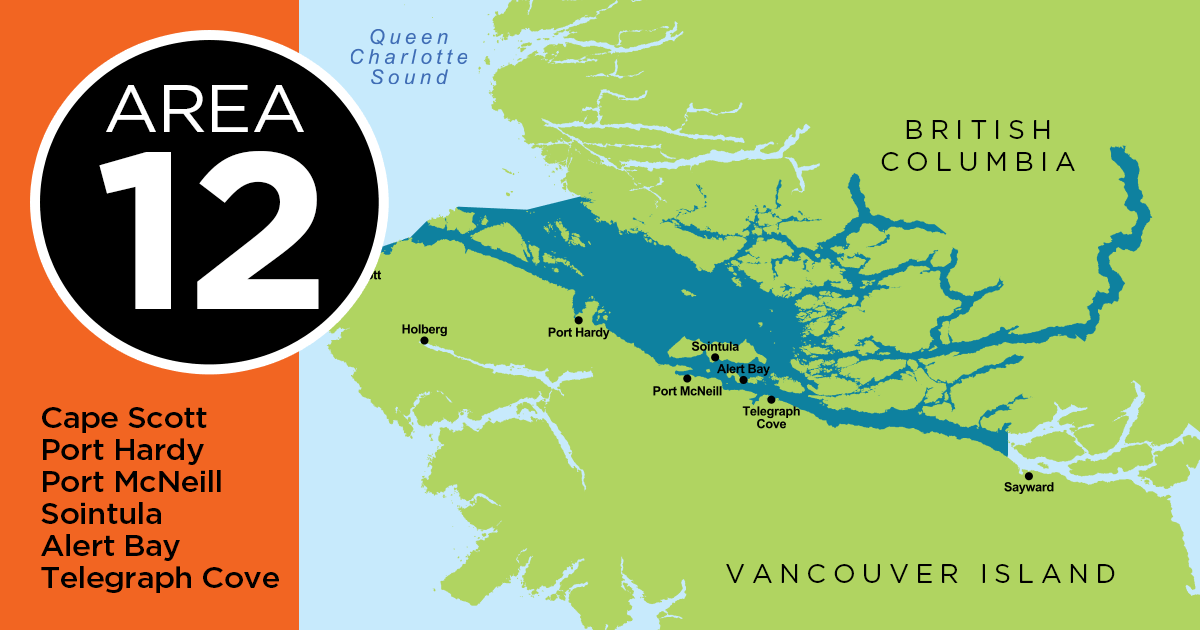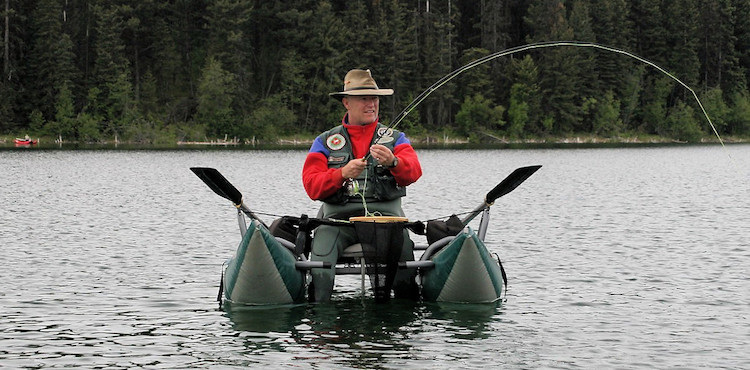
“How do I pick a fly rod?” It’s certainly a valid question, and although experienced fly-fishers often look at beginners with a wondering eye when they ask that, if you take a moment to think about it, it is probably the first really good question beginners ask.
Fly rods are not complicated pieces of equipment. Like any other rod, they have basic components: the blank, butt section, tip section, ferrule, handle, guides, and reel seat. They also come in various “actions:” slow, moderate, and fast.
Rod Blank
The rod blank is the rod itself without the handle, guides, or anything else. The blank can be made out of several different materials including bamboo, fibreglass, or graphite. Other materials have been tried, such as boron, but they have never caught on for various reasons (probably the cost).
Graphite is definitely the material of choice these days. Although less forgiving than fibreglass, graphite is much stronger and lighter, and most fly rod manufacturers no longer even produce rods in materials other than graphite.
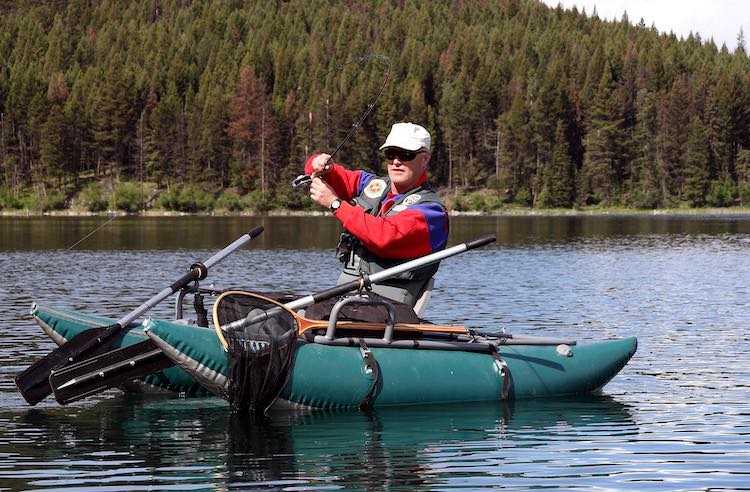 Butt Section & Tip Section
Butt Section & Tip Section
The majority of fly rods are built in two pieces: a butt section and a tip section. Travel/backpack rods come in three, four, and even five pieces, but they are still the exception. The butt section of a rod is the bottom end that includes the handle, reel seat, and butt. It provides what is called the “bottom end” power in the blank. When a heavy, tough fish is played on a rod, the rod bends relatively easy to the butt section but not further. Big fish are fought with the butt section of the rod.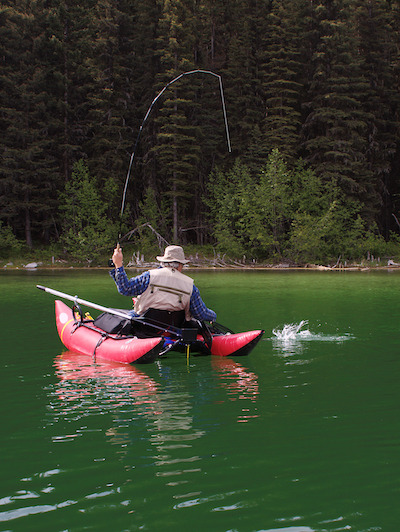
The tip section is the top half of the rod blank. It is flexible and supple and provides the delicate casts and feather-light deliveries required in some fly fishing situations. The tip section absorbs the shocks caused by a fish’s violent head shakes and thrashings, allowing the fish to tire without having the tippet of your line break.
The Ferrule
The ferrule is the part of the rod blank where the butt and tip sections join. Usually, the butt section is the male end and the tip section is the female, hollow end. The two slide together snugly, but can be pulled apart when the rod is to be broken down and put away.
Rod Handle
The rod handle is found at the base of the butt section, just above the reel seat. Modern rod handles are made of either cork or foam. Don’t ever buy a rod with a foam handle. Foam handles retain water and deteriorate with prolonged exposure to sunlight and chemicals such as bug spray and sunscreen; cork doesn’t.
Handles come in three styles or shapes: full wells, half wells, and cigar. Full and half wells’ handles are fluted at the top and/or bottom. These flutes or wells aid in preventing your hand from slipping off the handle. A full wells handle has wells at the top and bottom. A half wells handle has a wells at one end and is tapered at the other. A cigar handle is shaped like a cigar with the bottom end pretty much straight and the top end tapered to a narrow tip. Generally speaking, the wells of a half wells handle is placed at the bottom of the handle towards the reel seat to prevent the hand from sliding down to the reel when casting. No one handle is better than the other; it is really just personal preference. I prefer a half wells myself.
Reel Seat
The reel seat is where you mount the reel. There are lots of variations when it comes to reel seats, but the only real thing to keep in mind is how the locking ring(s) are oriented. Seats can either have up-locking or down-locking rings. The up-locking ring seats have the ring(s) behind the reel (towards the butt) and they screw up towards the reel foot. Down-locking seats have the rings situated between the reel foot and the handle and the ring(s) screw downwards toward the reel. Up-locking ring reel seats are better than the down-locking seats because with an up-locking seat the reel is between your hand and the locking ring and thus cannot come in contact with your casting hand as you cast, so the ring won’t inadvertently loosen if your hand slips down towards the reel. It’s always a good idea to check that your reel is still tight throughout your day anyway.
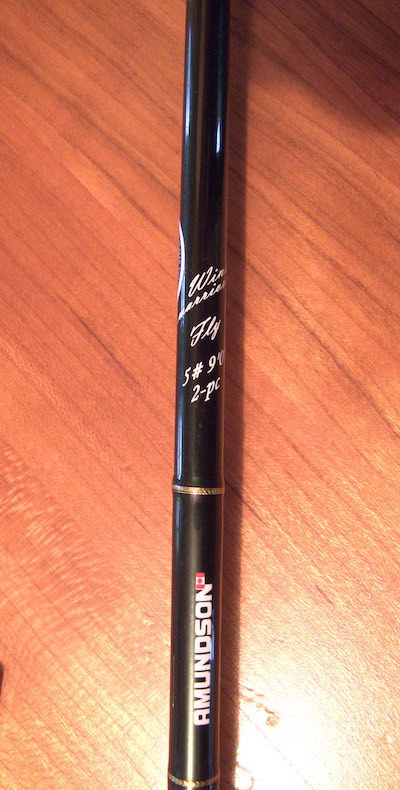 As mentioned, rods come in three actions: slow, moderate, and fast. Slow action rods are “noodle.” They flex pretty much evenly throughout their length. Although fun to play a fish on, it can be difficult to land the fish because the rod has little bottom end, and it can be difficult to cast because of their slow, wispy action. Fast action rods are stiff and generally only flex easily at the tip. They are powerhouse rods and cast line with impunity, but are not forgiving at all when playing a fish. Moderate action rods flex evenly over the top 2/3 of the length but then stiffen significantly along the bottom 1/3. They are slower to respond than fast action rods, but cast well if the caster has a little patience and are a pleasure to play a fish on. Beginners should buy a moderate action rod to start with; they are easy to learn on and are the most adaptable to various fish and fishing situations.
As mentioned, rods come in three actions: slow, moderate, and fast. Slow action rods are “noodle.” They flex pretty much evenly throughout their length. Although fun to play a fish on, it can be difficult to land the fish because the rod has little bottom end, and it can be difficult to cast because of their slow, wispy action. Fast action rods are stiff and generally only flex easily at the tip. They are powerhouse rods and cast line with impunity, but are not forgiving at all when playing a fish. Moderate action rods flex evenly over the top 2/3 of the length but then stiffen significantly along the bottom 1/3. They are slower to respond than fast action rods, but cast well if the caster has a little patience and are a pleasure to play a fish on. Beginners should buy a moderate action rod to start with; they are easy to learn on and are the most adaptable to various fish and fishing situations.
Rod “Weight”
Lastly, the beginner is often puzzled over how much power they need to fish for the types of fish they want to catch. Rods are designated by “weight.” This is not how heavy the rod is. A rod’s weight designation is directly related to power in the rod, but actually it is related more to how heavy a line it is designed to use. Fly fishing lines are assigned a weight designation. This weight designation (1 through 15 weight) is determined by the weight of the front 30 feet of the fly line. Fly line weights range from a 1 weight to a 15 weight. Fly rods are designated to match the line they work best with, so the line and rod weight should match, and both should be fitted to the size of fish you want to catch. Average trout rods are in the 4 to 6 weight range. Salmon rods 6 to 9 weight, and the bigger saltwater game fish in the 9 to 15 weight range. Beginner trout fly fishers and those who cannot afford more than one rod should invest in the best 6 weight rod they can afford (assuming trout is your main target species).
If you are just starting out, or even if you already fly fish but are in the market for a new rod, keep these basics in mind when shopping. You’ll come away with a rod much more suited to your needs and preferences.
Visit the Store
$34.99
$34.99
Featured Catch
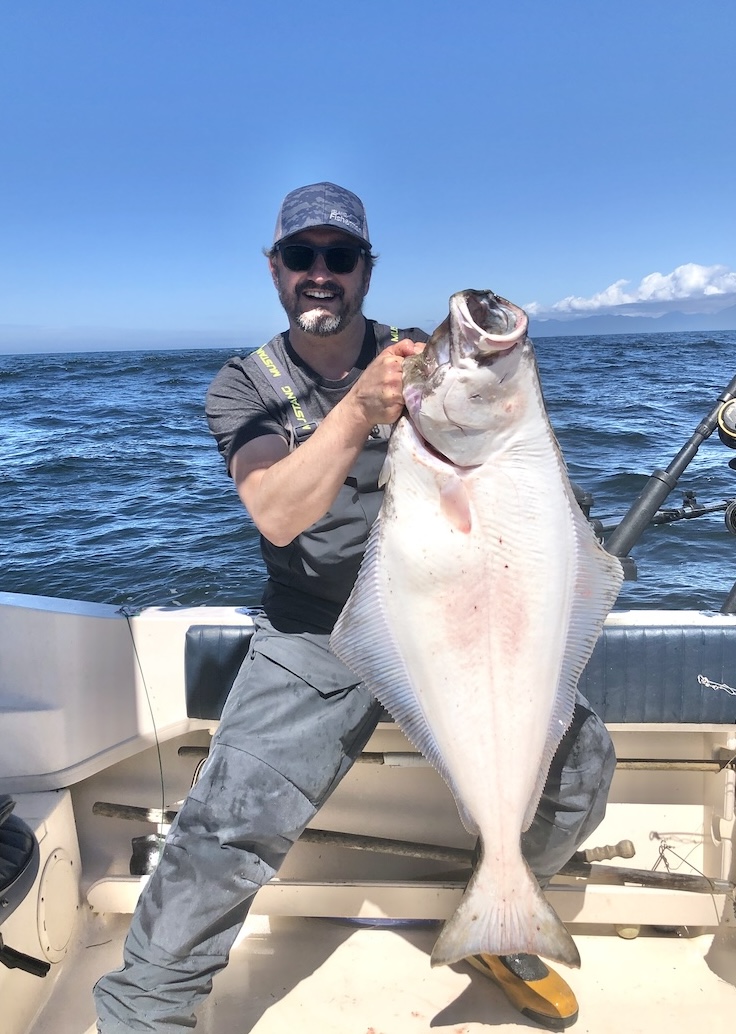
Joel Unickow halibut (Photo: Rob Frawley Lucky Strike Sportfishing Tofino)

